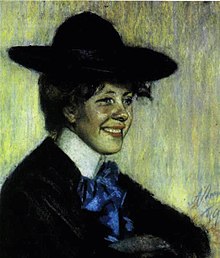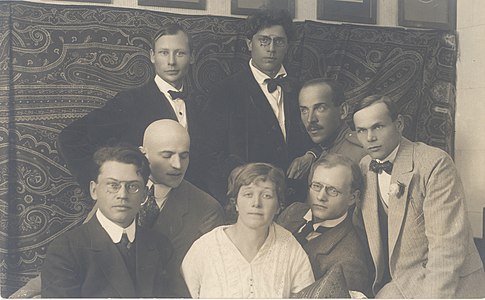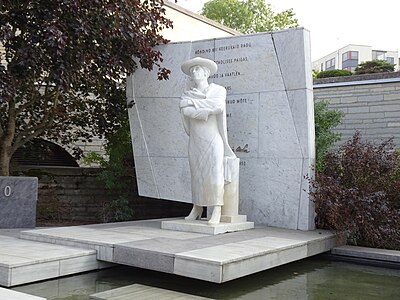
Igor Severyanin was a Russian poet who presided over the circle of the so-called Ego-Futurists.
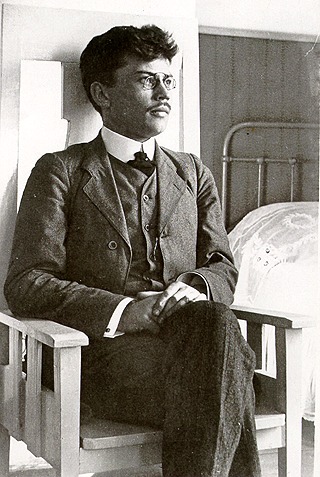
Friedebert Tuglas, born Friedebert Mihkelson or Michelson, was an Estonian writer and critic who introduced Impressionism and Symbolism to Estonian literature. Persecuted by the authorities in the beginning of 20th century, he later became an acknowledged representative of Estonian literature in the Soviet era.

Henrik Visnapuu was an Estonian poet and playwright.

Estonian literature is literature written in the Estonian language Estonia leads the world in book ownership, on average Estonians own 218 books per house, and 35% own 350 books or more.

Young Estonia was a neo-romantic literary group established around 1905 and led by the poet Gustav Suits and short story writer Friedebert Tuglas. Other members of the group included Villem Grünthal-Ridala and Johannes Aavik. Gustav Suits articulated the ideology of the group thus:
"What buoys up and exalts humanity is education. Our slogan is: More culture! More European culture! Let us remain Estonians, but let us become Europeans too. We want to discover the ideas and forms towards which we are impelled by our national spirit, character, and needs on the one hand, and by European culture on the other."

Artur Adson was an Estonian poet, writer and theatre critic.
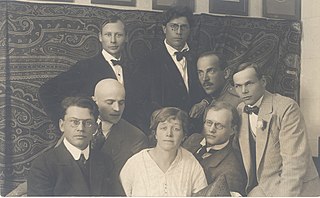
The Siuru literary movement, named after a fire-bird in Finnic mythology, was founded in 1917 in Estonia. It was an expressionistic and neo-romantic movement that ran counter to the Young Estonia formalist tradition.
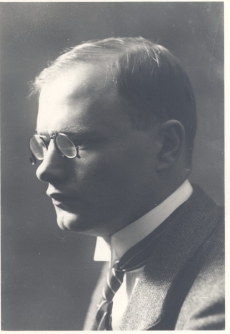
August Gailit was an Estonian writer.
Kersti Merilaas was an Estonian poet and translator. In addition, she wrote poems and prose for children and plays.

Toila is a small borough in Ida-Viru County, in northeastern Estonia. It is located about 10 km (6 mi) northeast of the town of Jõhvi, on the coast of Narva Bay. Toila is known as an important sea resort in Estonia, with a spa hotel, beach and a beautiful park. Toila is the administrative centre of Toila Parish. As of the 2011 Census, the settlement's population was 780, of whom the ethnic Estonians made up 628 (80.5%).

Tarmo Teder is an Estonian writer, poet and critic.
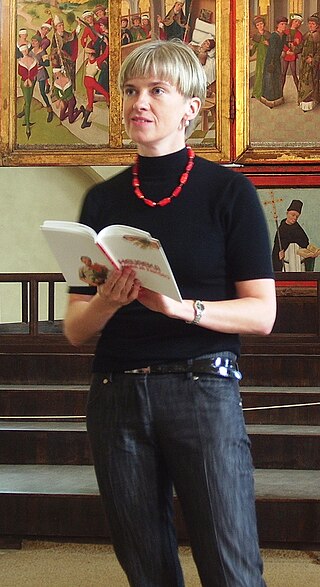
Maarja Kangro is an Estonian poet, short story writer, novelist, essayist, nonfiction writer and librettist.
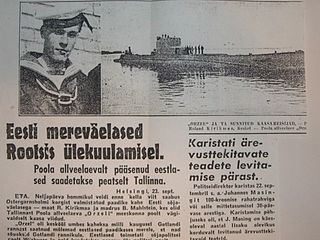
Uus Eesti was a daily newspaper published in Estonia from September 1935 until the Soviet occupation of Estonia in June 1940. The newspaper was politically aligned with the Estonian government.

Tio Tepandi is an Estonian artist. She was born in Lüganuse, Estonia. Her grandfather was a gardener of the local estate. The memories of her birthplace, its beauty and harmony have always accompanied and influenced the artist.
100 great Estonians of the 20th century is a list of notable Estonians compiled in 1999 by Eesti Entsüklopeediakirjastus, Eesti Päevaleht, National Library of Estonia, Radio Kuku, and TV3.
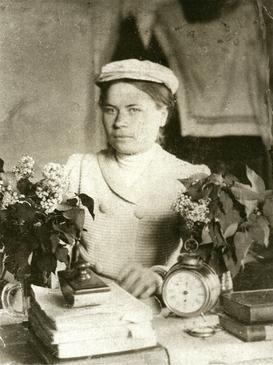
Marie Heiberg was an Estonian poet. When she was only about 15 years old she wrote her first poems which were acclaimed for their youthful freshness. Heiberg spent the last twenty years of her life in a mental institution. There is a memorial to her memory in Urvaste.

Eeva Park is an Estonian writer.

Agaate Veeber was an Estonian graphic artist and illustrator who began her career in the 1920s in her native country of Estonia and continued in the United States after immigrating in 1948.

Eesti Kirjanike Kooperatiiv was a publishing house in Lund, Sweden.
Tarapita was an Estonian literature group which was active between 1921-1922.

